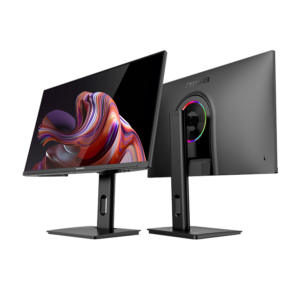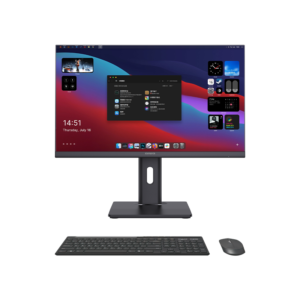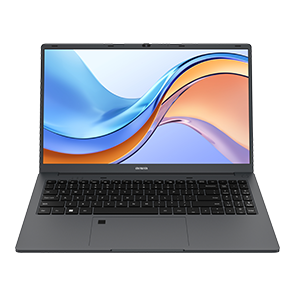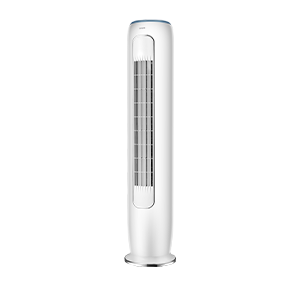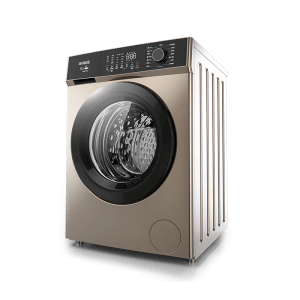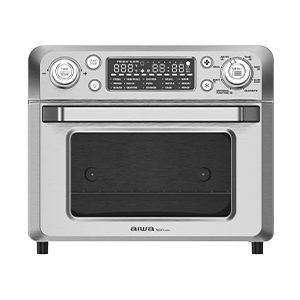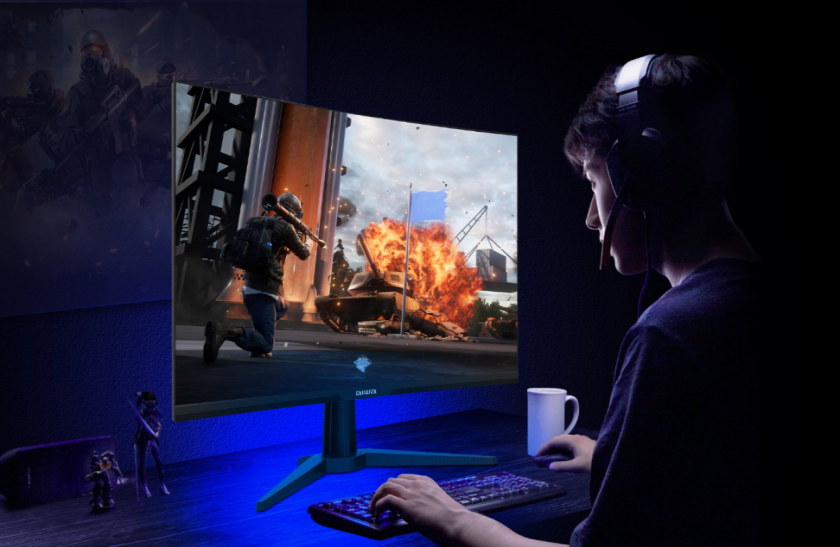Gaming Monitors: Different Types of LCD Display Panels TN vs. IPS vs.VA
When buying a gaming monitor, most consumers are not even aware of the existence of LCD panel technology. LCD display panels have different specs that can have a radical impact on the user experience. Based on how you plan to use your LCD monitor, you may choose among three main gaming monitor panel types: TN, IPS, and VA.
At first, choosing the right monitor panel may seem tricky. In this article, we will present the pros and cons of each LCD display panel. After finishing reading this post, you will be knowledgeable enough to challenge any sellers and choose the most appropriate gaming monitor for your next playing section.
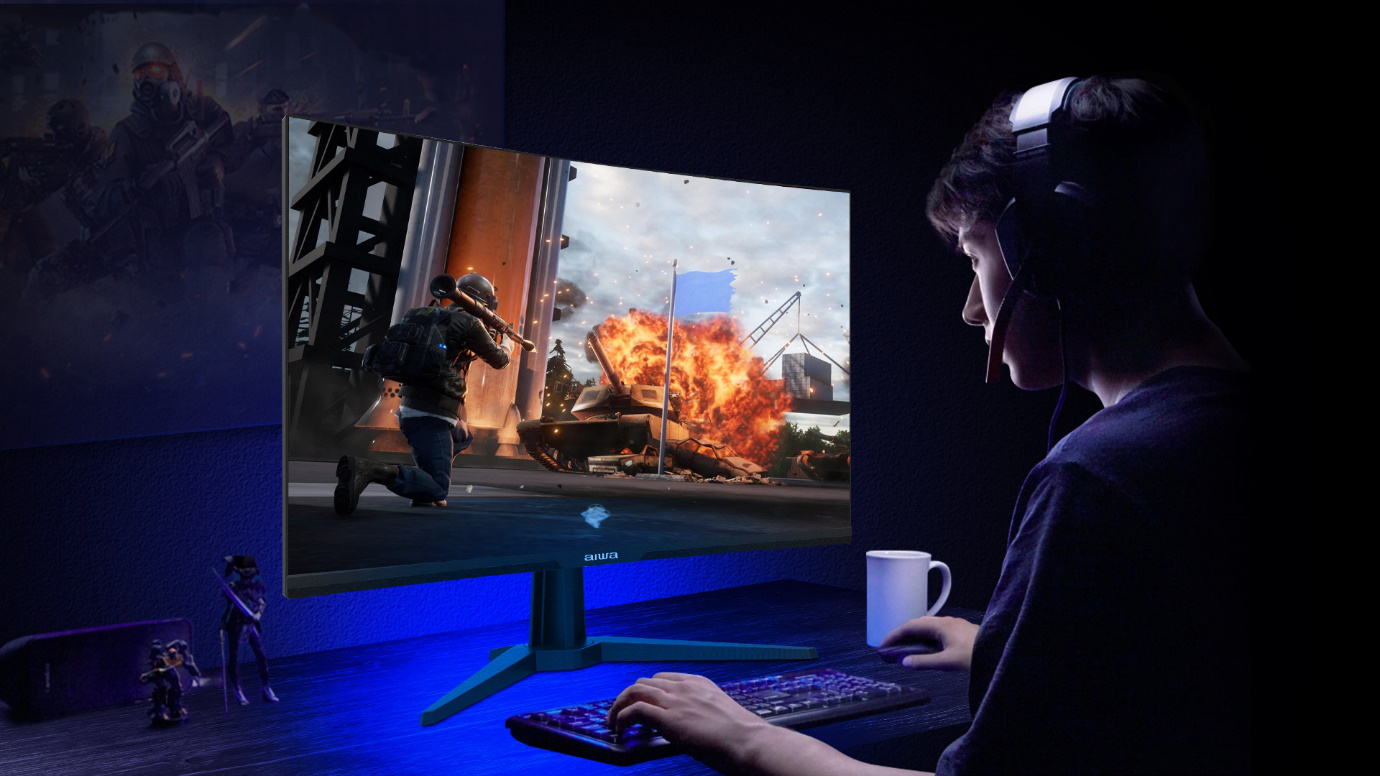
Types of LCD display panels for gaming monitors: TN (Twisted Nematic)
Let’s begin with the most popular LCD display panel on the market today. TN panels are generally installed in most gaming monitors, especially in those with a high refresh rate. These kinds of LCD monitors are specially designed for very competitive video games.
One of the advantages of these panels is their relatively lower price compared to their counterparts. Another quality that makes TN panels a top pick is their fast response time. This means that there is a much lower delay between a click of the mouse or a keyboard touch and the command reproduced on the screen. This feature makes the TN panels ideal for those who love action shooters and video games that require very fast reactions. Besides, there are other benefits to having a shorter response time. Overall, there are fewer unpleasant phenomena such as blurring and ghosting. As a result, the final image is much clearer and sharper.
When buying TN panels, you will probably hear the terms ‘black-to-black’ or ‘grey-to-grey’ (GTG). Black-to-black is the standard response time measure. BTB refers to the amount of time it takes a pixel to go from black to white and then back to black. This indicator is considered among the most accurate to evaluate the response time of a device.
On the other hand, many manufacturing companies speak of grey-to-grey. Used to measure gaming monitors’ response time, GTG means how long it takes for the pixel to go from one grey level to the next. However, lighter shades of grey will switch to white much faster than darker shades. GTG response time value will not necessarily be the same for every single pixel. For this reason, they are to be interpreted more as an approximate rather than actual value of that monitor’s actual response time.
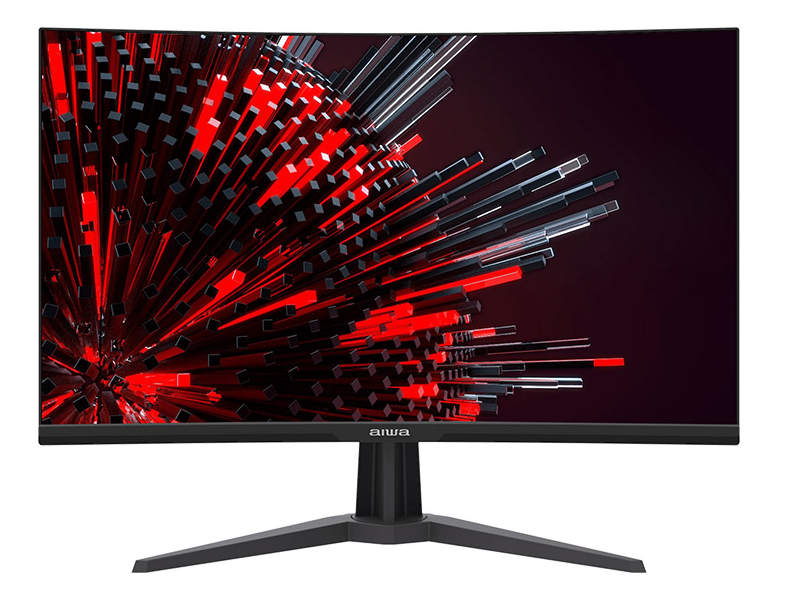
Types of LCD display panels for gaming monitors: IPS (In-Plane Switching)
Monitors with IPS panels, rely on high colors definition. Looking at this type of LCDs, the quality that stands out the most is the exceptional color accuracy coupled with the wide viewing angles. The wide angularity makes these monitors more suitable for jobs that require a high intensity of colors displayed such as photo and video editing. In gaming, IPS panels are often preferred for RPGs with astonishing visuals.
IPS panels allow you to look at the screen perfectly from any position. These screens do not have the usual problems of changing colors or contrast as with most monitors. Unfortunately, to reach such a high definition of images, the response time must be sacrificed. When compared to TN panels, the response rate is much lower. Technology has undoubtedly updated itself in recent years leading to newest iteration improvements. Besides, most people do not encounter lag problems when playing video games on these screens.
Ultimately, for many casual gamers, image quality is much more important than a couple of milliseconds of delay in the panel’s overall response time. A disadvantage that we have to mention though is the high price. This is one of the critical aspects that turns costumers away from IPS to buying a TN solution.
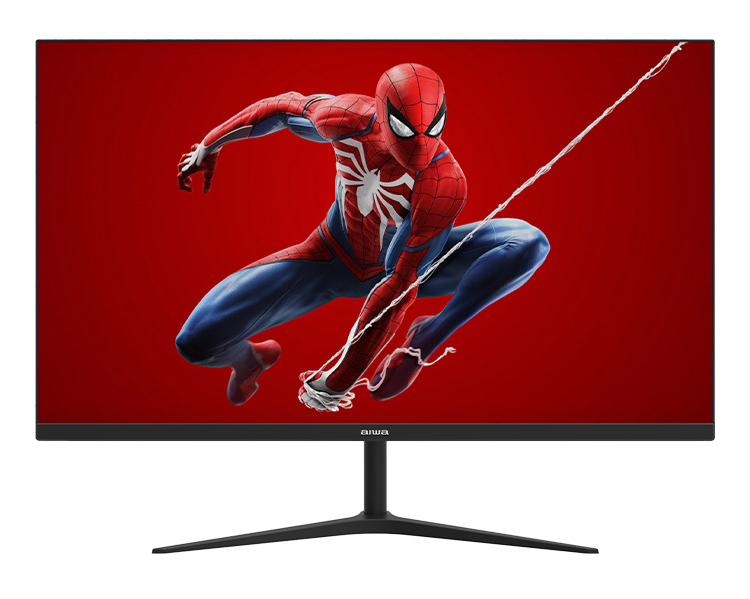
Types of LCD display panels for gaming monitors: VA (Vertical Alignment)
Finally, there are the VA or Vertical Alignment panels. Much more similar to IPS, there are many types of VA panels, but the ones we will focus on are MVA (Multi-domain Vertical Alignment) panels and AMVA (Advanced MVA) panels.
MVA panels were initially designed to be in the middle between TN and IPS displays, as they offered a better viewing angle than TN screens and a higher contrast ratio and deeper blacks than IPS displays. However, their color accuracy is not as precise as the one of IPS monitors, and they do not have a particularly fast response time.
AMVA panels, on the other hand, focus precisely on a higher color definition. As a matter of fact, they have better color accuracy while preserving ultra-high contrast ratios and deep blacks. Their viewing angle is not as wide as that of IPS panels, and their response time is still a bit slow.
Consequently, monitors with VA panels can be seen as a good compromise among all the market monitors. Their flagship features are the excellent black levels – which is the best in the category of gaming monitors – and their amazing contrast ratio. Moreover, compared to TN panels, they have a better viewing angle and greater color accuracy.
On the downsides, despite apparently trying to correct and eliminate the weaknesses of their competitors, VA solutions do not have a color accuracy comparable to that of IPS panels or a response rate higher than TN screens.
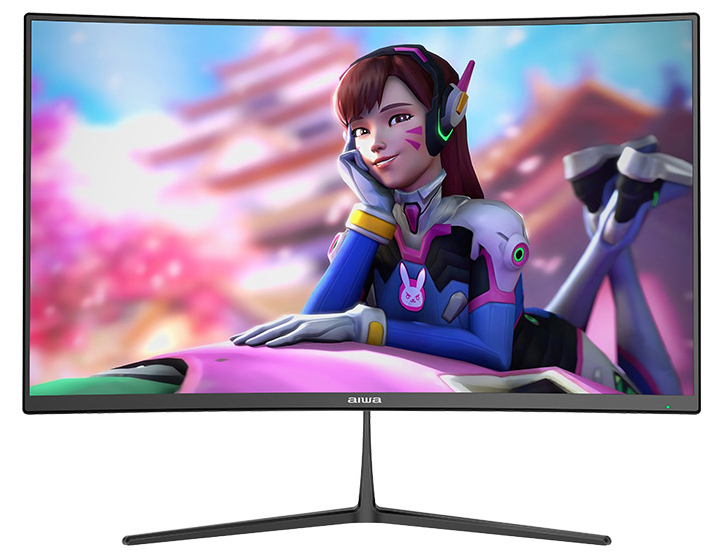
Conclusion
To sum it up, for competitive online gamers, we would suggest TN panels. For non-competitive PC games, VA panels will work much better. If you just want to focus on visuals, IPS displays are a better choice. At Aiwa, we are dedicated to providing the best user experience to our customers.
If you are interested in LCD display panels and screens, you need to go any further. Hopefully, this guide was helpful in sharing more useful information for your next purchase. Come to check our solutions or contact us at any time!







